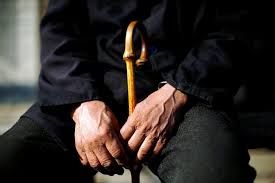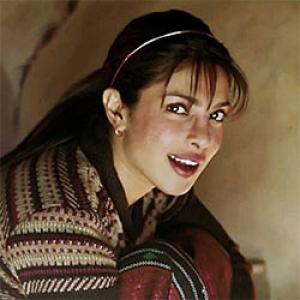 A recent spate of advertisements has brought back the concept of the large Indian family, spanning generations, better known as the great Indian joint family.
A recent spate of advertisements has brought back the concept of the large Indian family, spanning generations, better known as the great Indian joint family.
Through the 70s, 80s and even the 90s, ads had depicted such families, be they for lighting brands, consumer durables or even personal care products.
But in the last two decades, family portrayals for urban-centric products veered towards showing the nuclear set-up that Indian cities have become familiar with.
The saas-bahu (mother-in-law & daughter-in-law) tiffs still figured in household product ads, but beyond festive campaigns, large families as the customer profile had all but vanished.
But now they are back, not in the least because the retired, older generation has enough buying power to grab the advertiser’s attention.
The Honda Mobilio’s launch campaign has a family with the grandparents, rapping about what the multi-purpose vehicle means for each of them.
For Century Ply, veteran actor Nana Patekar acts as a voice of conscience reminding various members of a large family how different wooden furniture play a quietly supportive role.
Mumbai-based Omkar Realtors reminds the audience what they are missing out by staying away from their extended families, and talks directly to the elder family members on how they might want everyone back under the same roof, rather than meet them only on Sundays.
Product audience
Jnaneshwar Sen, Honda’s vice-president for sales & marketing, says, “For us advertising came later.
"It was based on the customer insight that we had gathered through our interactions with propspective and existing MPV owners.
The Mobilio was developed as an MPV for the entire Indian family. So, our communication was a natural extension of the product insight.”
Honda claims to have surveyed 2,350 such customers to understand how to differentiate a car in a segment that has the Maruti Suzuki Ertiga and Toyota Innova.
“So, we came up with the need for a stylish, mid-sized MPV for the large Indian family.”
Amarinder Butalia, senior vice-president, Soho Square, Ogilvy’s sister agency that worked on the campaign, says, “Since our offering was targeted towards the affluent business class with large families, showcasing an extended family came as a given.”
Butalia says that the family featured shows that the primary audience, the man of the family, does not have to compromise between the needs of his family and his wants.
The ad lets the grandparents, kids and the wife claim that the car is bought for them while the man says that it is also meant for him but it helps the others are happy.
Older gen, strong consumers
Keeping the various family members happy is also playing on the minds of advertisers.
Amit Kekre, the national planning head of DDB Mudra (west) which worked on the Century Ply ad, says, “While the urban narrative might have shifted to nuclear families, the sensibility leans towards large families, especially for people from smaller towns making a living in large cities.
"Also important is that the older generation, grandparents of today, are financially-empowered consumers in their own right.”
For Century Ply, the various editions of the ad with a large family works to build a consumer pull for a product that is often seen in functional ads with jaded narratives and a heavy trade-influence, says Kekre.
“So, we had to build the ad around how plywood surfaces are mute spectators around which interactions and camaraderie of the entire family are born,” he says.
Omkar Realtors, a large developer, opted to speak to a generation older than those in their 30s and 40s when advertising its 5-bhk apartments in its Alta Monte in the western suburbs.
“We were clear that we would be speaking to the older generation. The large flats meet the need gap of large families.
"It is the generation of 50 year-plus who now feel the pinch of being separated from kids and hence, is the audience.
"We had to make an emotional appeal and not a rational one,” says Anil Nair, CEO and managing partner, L&K Saatchi & Saatchi India, which worked on the campaign spanning digital, print, outdoor and radio.
Bharat Dhuppar, its CMO, says certain communities such as Gujaratis and Marwaris were targeted as they tended to have more tightly-knit families.
Anand Halve, the co-founder of Chlorophyll brand consultancy, says themes in ads have seasons too.
If in 2002-03, it was about a new-found confidence in being Indian amidst talks of the century belonging to India and China, by 2005-06, it was about independence and indulging as a result.
“It was a time of saying ‘Let’s go’ for young, independent couples with the advent of luxury brands,” he says.
But now, after the global downturn, Halve says, ads reflect “the return of the audience to the symbolic warmth of one’s own home after a proverbial night of clubbing.
Only the youth-oriented brands remain fiercely independent but others talk of themes such as the bond between grandparents and grandchildren that symbolise a return to emotions.”
Even though urban India may have broken away from extended families, advertisers are increasingly keen on harping on how the family that lives, eats and plays together, stays together.
Image: An old man with a walking stick. Photograph: Carlos Barria/Reuters.
The image is used for representational purpose only










